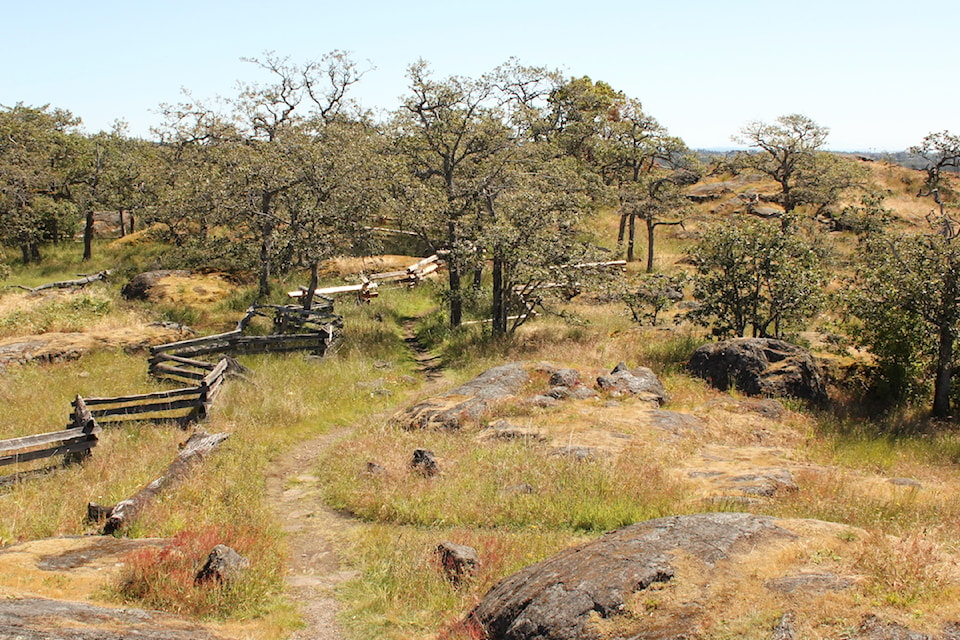After a seven-year process that began with a fight over the elimination of Saanich’s Environmental Development Permit Area (EDPA) bylaw, the municipal council has approved a broad strategy that amounts to a more “holistic” approach to managing the district’s natural areas.
“It's really our road-map for the next probably 10 years worth of work to roll out policies, initiatives; things that are going to help to protect and restore the biodiversity and sensitive ecosystems in Saanich,” Mayor Dean Murdock said in a Wednesday phone call with Black Press Media.
The new strategy was approved by councillors on Monday (June 17) and aims to fit the district’s many environmental priorities into a developed plan to guide conservation efforts on both public and private land.
“What I really like about this is it's very comprehensive.” Coun. Nathalie Chambers said on Wednesday morning. “It's a very holistic view, it's a long term view.”
Chambers was a vocal opponent of rescinding the EDPA in 2017, running for council twice on a platform to keep the bylaw in place, eventually winning a seat on her second attempt.
Murdock was a councillor at the time and voted against rescinding the bylaw, saying in 2017, “I think it will be generations until we see something comparable to the EDPA.”
Reflecting on that fight, Murdock said he has found that to overcome opposition and get somewhere close to replacing the EDPA it has taken broad consultation with many different stakeholders and experts from across the district.
“Anytime you pull the plug on any kind of regulation or policy it's very challenging to put something back in its place that isn't going to be met with the same kind of opposition,” he said.
The new strategy has 130 actions to implement, about 30 of which focus on public land only and about 30 on private land only. Of the remaining actions, 60 are for things related to both public and private land while the other 10 are not specifically focused on land.
This includes eventually creating a new environmental development permit area, though Coun. Colin Plant — who also voted against rescinding the EDPA in 2017 — was quick to point out the passage of this strategy does not actually reinstate it.
“The adoption of this strategy does not reintroduce an EDPA or a DPA,” he said at the Monday meeting just before the strategy was adopted.
Plant acknowledged this new strategy will have detractors, but said he is satisfied the work of the last seven years has addressed his concerns at the time of the removal of the EDPA.
“This sets us in a good direction,” he said.
This time councillors were unanimous in their support of the new strategy.
During the initial fight over the EDPA, one of the issues property owners brought forward were inaccuracies in mapping that meant properties may not actually have the species on them that are included on maps, such as Garry oak trees.
This continued to be a sticking point, Chambers said, but the new strategy does identify a biodiversity habitat network, which is essentially a map of existing areas of high ecological value. This does not create legal obligations for property owners, however.
“Staff recommend that the network be used as an input to decision making rather than as a driver of decisions,” a district report on the strategy reads. “It is not a regulatory map and has no legal implications.”
The end result is a comprehensive strategy that Chambers and every other councillor voted to support, despite the difficult balancing act of competing priorities.
“We want to have lots of rich biodiversity and we want to have dense housing people can live in,” Coun. Teale Phelps Bondaroff said.



